How to look after your kit store
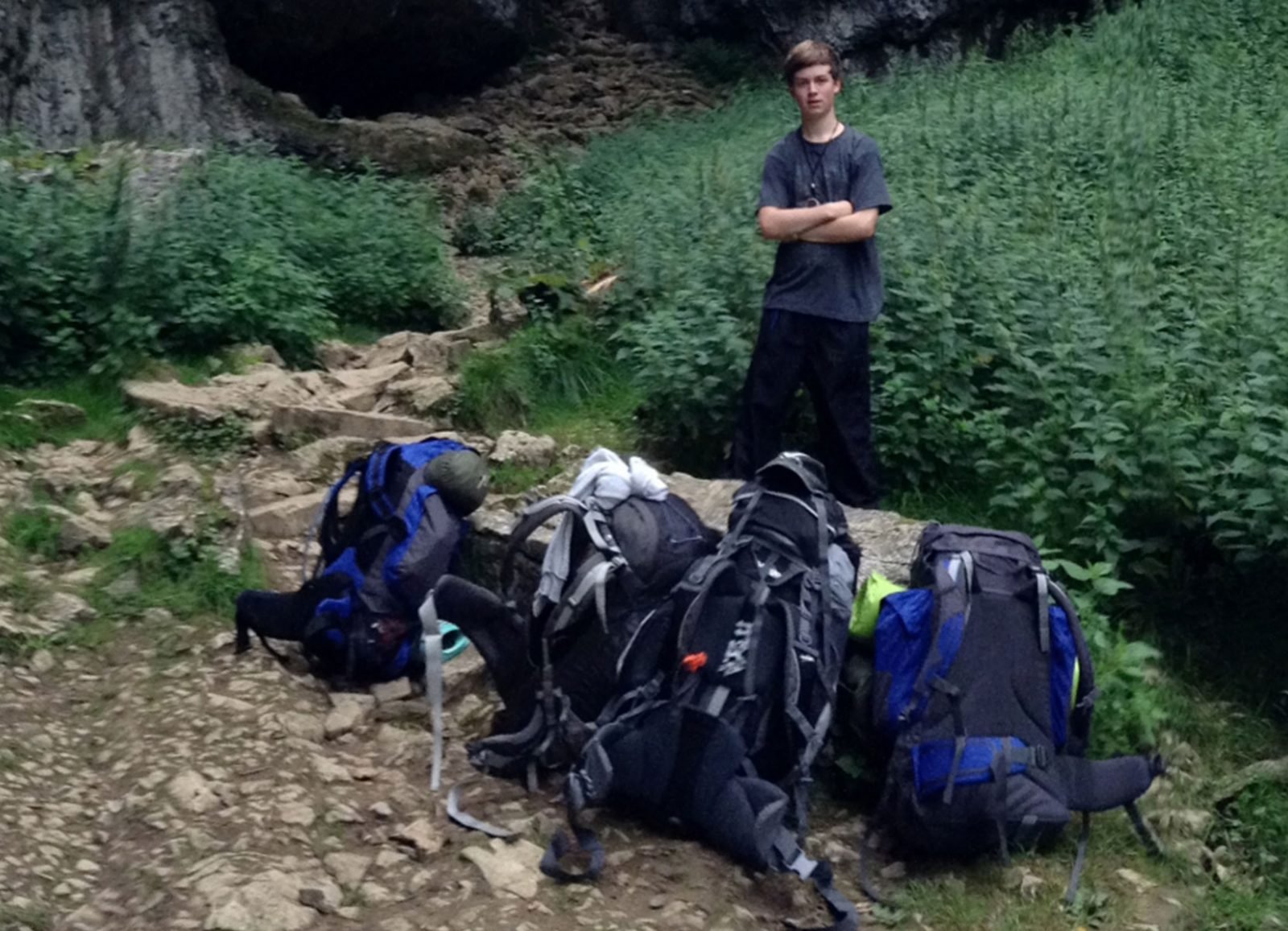
As the expedition season draws to a close, it’s time to think about the state of your kit store. DofE expedition experts Ollie Dibbens, Operations Officer, and Ian Newbery, DofE Programme and Quality Manager, give their advice on how to clean, maintain and store your kit.
Check in, check out
First, make sure all the kit you lent out has actually been returned to your kit store.
Log any problems that participants have reported to make sure they are dealt with before it’s needed again.
If you haven’t already, think about putting in a system of signing equipment in and out as this will help you keep track of how many times it’s been used, and by whom.
Tents
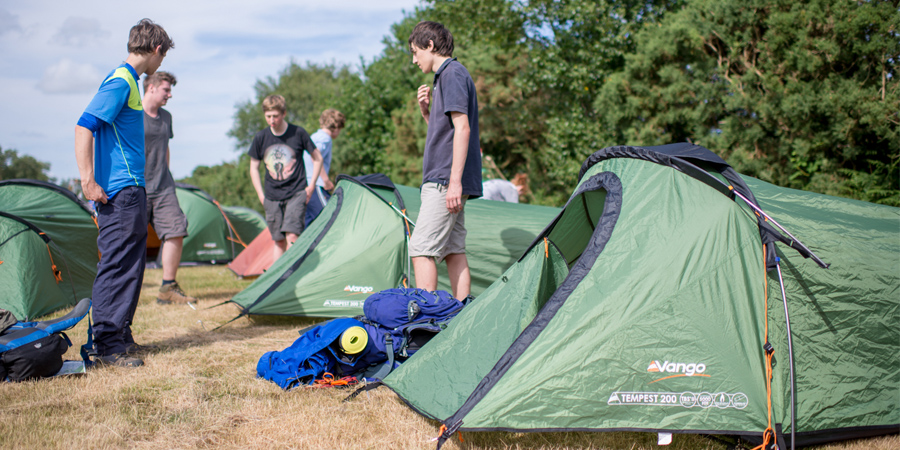
Unpack and check tents when they are returned. The easiest way to do this is to pitch them, if you have the space.
What to look for:
- Working zips
- No tears in the fabric or ground sheets
- All components are present
- Count the pegs to make sure there is a full set – bent pegs can be straightened in a vice if not badly distorted
- Check all guy lines and rubbers are intact
The tents will probably need a bit of cleaning. Mud can be brushed off but other stains may need careful removal. Remember to look at the manufacturer’s instructions about how best to do this and if they recommend reproofing the fabric to ensure the tents stay waterproof.
Empty the inners of all rubbish – this will be grass and probably sweet wrappers, tissues etc.
Stoves
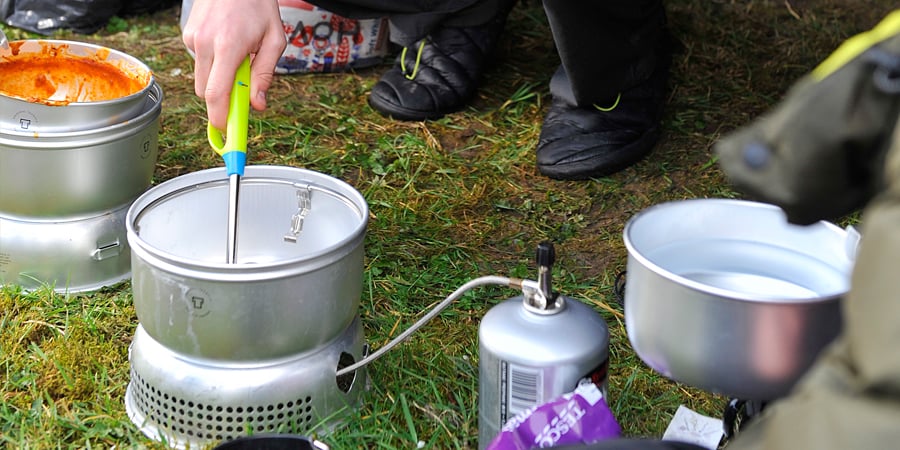
Make sure that stoves are empty of fuel and undamaged. Pay particular attention to any flexible pipes and rubber seals and replace if you’re in any doubt.
If the stoves are Trangias, rewash all the pans and bowls to make sure nothing will grow in them while they are in storage.
Re-assemble the complete set to ensure nothing is missing rather than storing as individual components.
Remember: spare parts are available, so there’s no need to buy a whole new set.
Any unused fuel should be stored in an appropriate container and preferably in a well-ventilated, secure cage. Separate fuels into ‘full’ and ‘partial’ containers to ensure you issue enough.
Rucksacks
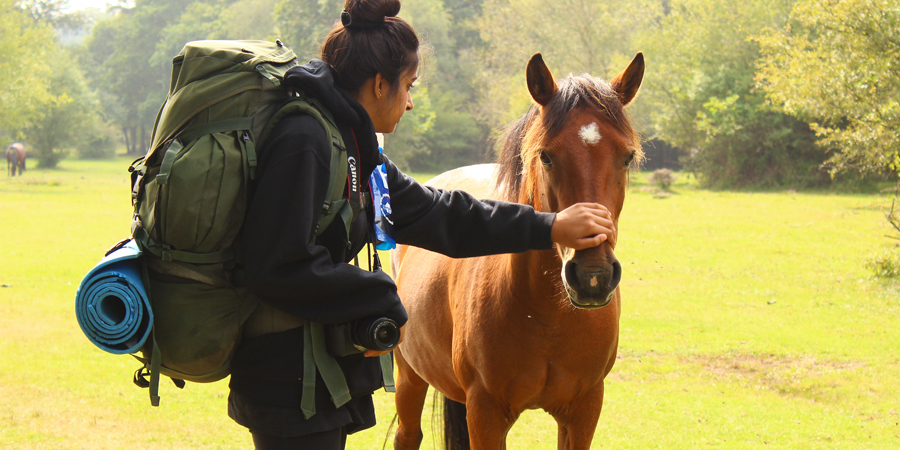
Check the shoulder straps and waist belts are intact and that the buckles are still serviceable. Make sure you check the pockets, including any ‘hidden’ spaces such as a hydration sleeve, for rubbish.
Many outdoor shops sell spare buckles if replacements are needed. Any tears can be repaired and draw cords replaced.
It may be appropriate to re-waterproof the rucksacks. Make sure you do this somewhere they can air and dry thoroughly before storing.
Waterproofs
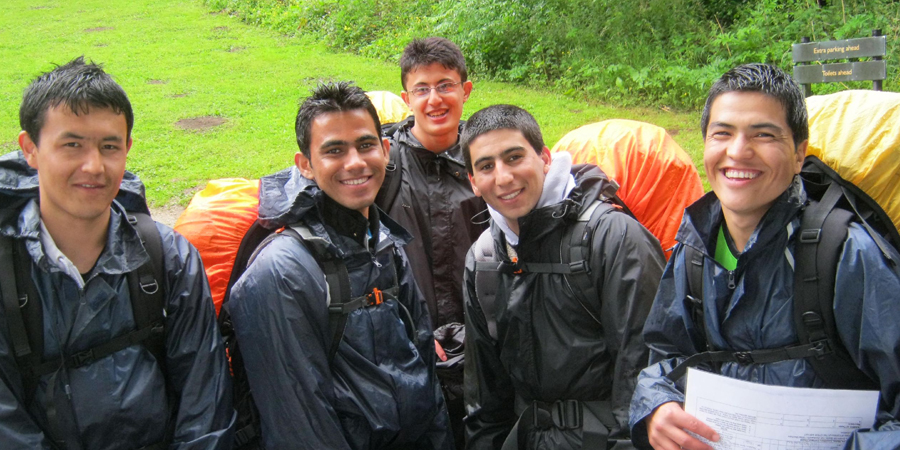
If you have a selection of waterproof clothing that you lend out, this is the time to review your stock. Inspect what you have and decide whether it is still practical.
Check the pockets, and especially around the cuffs and hems, as these tend to suffer the most abrasion.
If reproofing, make sure that extra waterproofing is applied to the shoulders and hips as this will rub off first due to the rucksack.
You’ll probably have a good idea of the most often requested sizes and a rough estimate of the demand for next season.
Maps
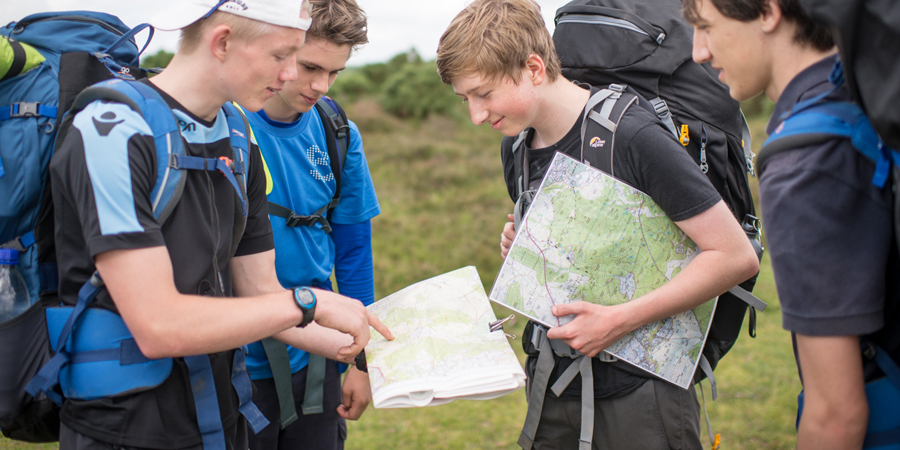
Open out all your maps and look for worn or torn areas, particularly on the folds.
Make sure the maps are still legible and that any damage doesn’t obscure any important information, such as road/path junctions or steep drops.
If in doubt, it is better to replace the maps. You can buy them with a protective coating or laminate them yourself so as to prolong their life and enable small marks to be removed.
Nail polish remover wipes are excellent at removing permanent marker ink, but be sure to let the map dry properly afterwards.
Compasses
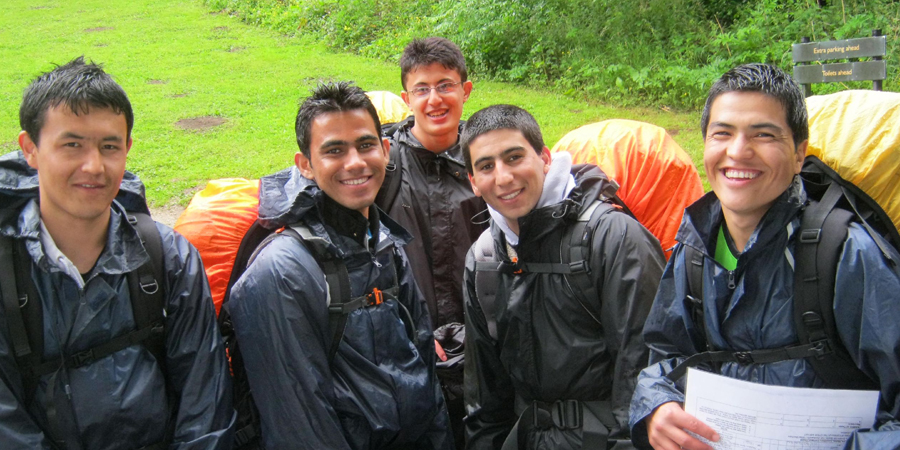
What to look for:
- Cracks to the base plate and housing
- Check that the red end of the needle still points north. It is possible for the needle to be ‘re-magnetised’ by being placed on a steel surface, like a work top or metal gate post, which means it points the wrong way! If you have this problem, contact the manufacturer to see if they will switch the polarity for you
- Check and replace any cord attachments
Sleeping bags and liners
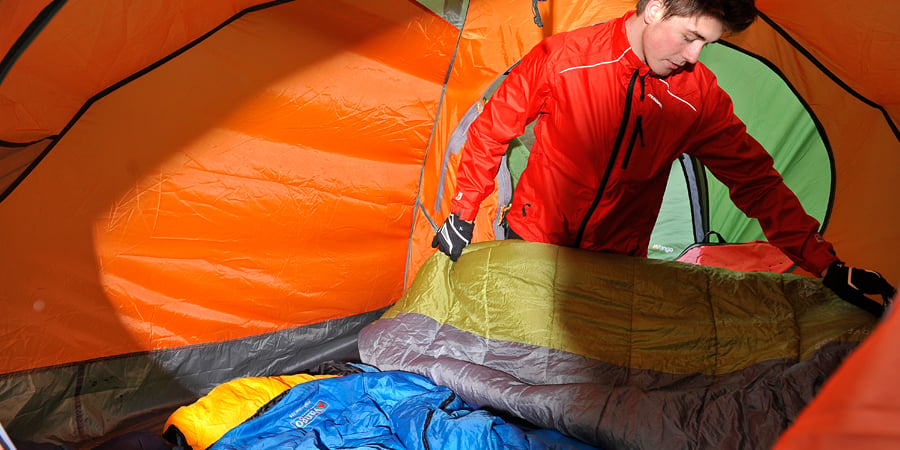
Sleeping bags and liners should be cleaned before storing – even if the last user claims that they have already done this.Don’t use fabric conditioner and it’s advisable to run a second rinse programme.
If possible, let the bag dry naturally on a washing line. But if not, you can use a large tumble dryer on a low heat.
Adding a couple of tennis balls to the dryer will help ‘re-fluff’ the sleeping bag. If the sleeping bag is filled with down, please refer to the manufacturer’s instructions as special care will be needed.
First aid kits
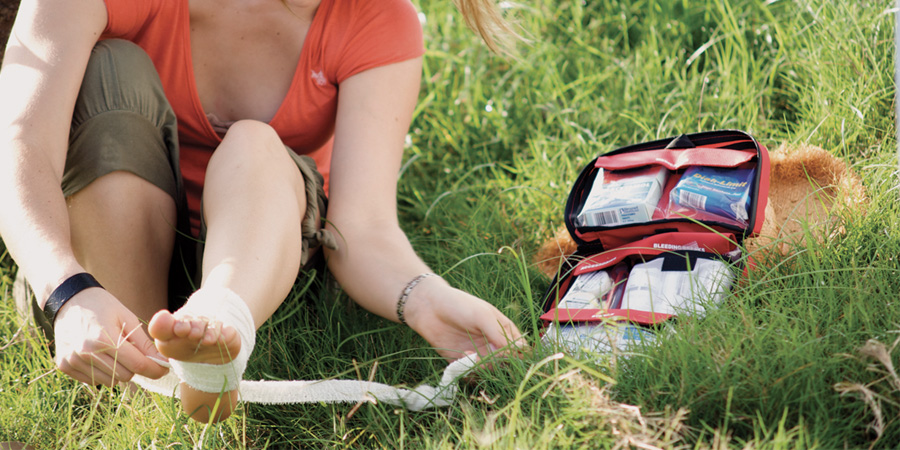
Check the contents are still in date and will not expire during the ‘off season’.
Restock anything that’s missing and check that seals are intact on sterile items. It’s a good idea to keep rough log of what’s been used and to make sure that the most popular items have duplicates.
Small plasters tend to be the most used item.
Roll mats
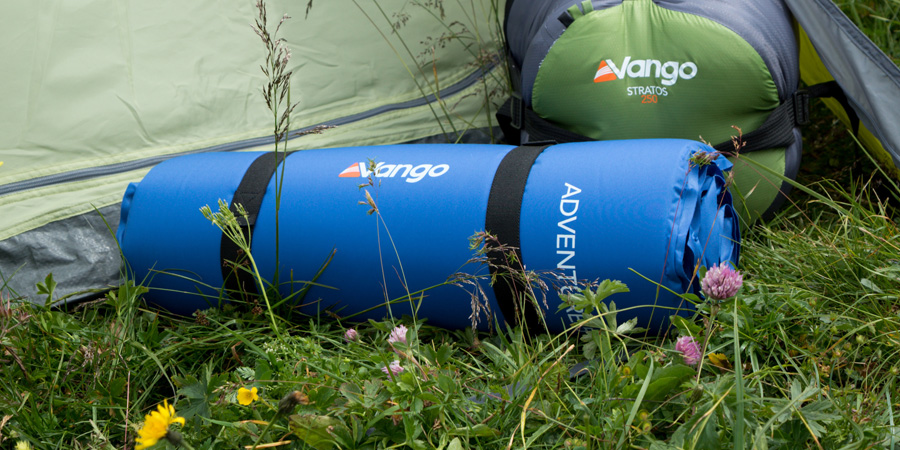
Look for damage. These are usually fairly robust; however the inflatable variety can suffer from punctures.
What else should I do?
Keeping a small stock of spare parts in your kit store – e.g. pegs, rubber seals, tent pole elastic, duct tape and elastic bands – will take the stress out of last minute repairs. Keep them in a small box, making it easy to pop into the back of the minibus.
It’s worth building up a collection of ‘warm clothing’, such as hats, gloves and fleeces, that can be used as spare emergency kit.
It is good practice to schedule the replacement of items. Everything has a life span and whilst some items have to be replaced due to irreparable damage or loss, the rest will deteriorate over time through wear and tear.
A plan of replacement will help you to budget and ensure that less time and money is spent on ‘make do and mend’.
Also plan for expansion, making sure you are able to accommodate any increase of interest and peaks of high demand.
If you have a large store, you could ask some of the participants for their help or even organise a ‘kit evening’ for the group. A prize for the first group to finish cleaning their stoves works wonders!
If you need to update your kit store, check out our DofE group sales page here.


